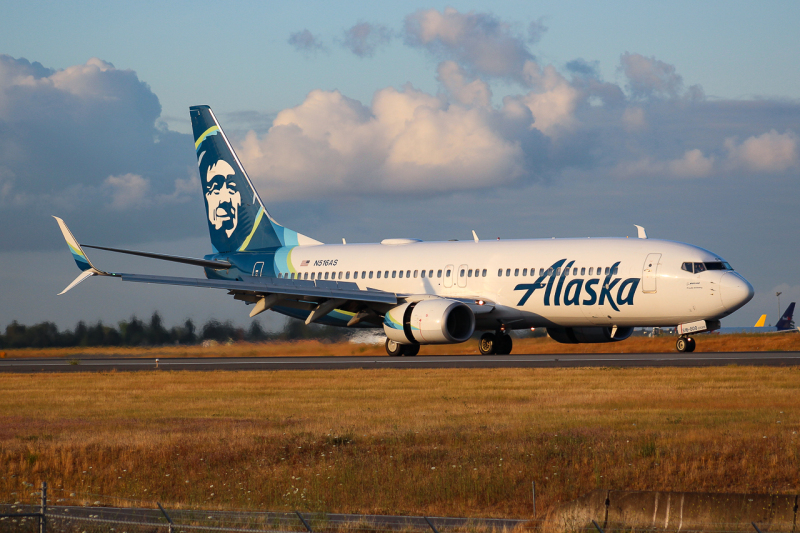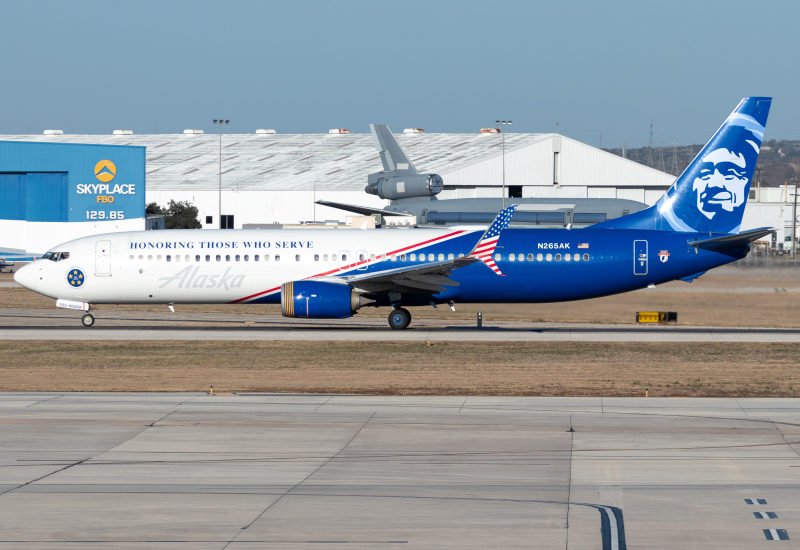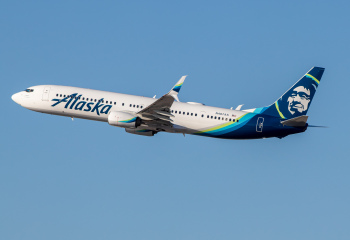Alaska Airlines has recently announced the removal of its nonstop route between Austin (AUS) and San Jose (SJC), marking the second route cut by the airline in about a month. This decision is part of Alaska's ongoing efforts to adapt to evolving travel patterns and market conditions. The move to end flights to San Jose reflects a broader trend of airlines adjusting their route networks in response to changes in demand and operational priorities.

Citing decreased demand overall, Alaska Airlines explained that the decision to halt flights to San Jose was a strategic move to reallocate resources more effectively. Despite Austin's status as a growing metropolitan area with a vibrant tech industry, the demand for flights to certain destinations may fluctuate based on various factors, including economic conditions, travel restrictions, and competition from other carriers. By discontinuing the San Jose route, Alaska aims to optimize its network and enhance its competitiveness in key markets.
While the cessation of flights to San Jose represents a loss in connectivity for passengers traveling between Austin and the Bay Area, Alaska Airlines remains committed to serving the region. The airline will continue its daily flights between Austin and San Francisco, emphasizing its focus on maintaining strong connections to key West Coast destinations. As a focus city for Alaska Airlines, San Francisco plays a crucial role in the airline's network strategy, serving as a gateway to numerous domestic and international destinations.

This route adjustment follows Alaska's earlier decision to cease service between Austin and Boise, Idaho, with the final flight operating on February 15. Despite these changes, Alaska Airlines still plays a significant role at Austin-Bergstrom International Airport, ranking as the fifth-largest airline based on passenger traffic. Between January and November 2023, the airline served over 800,000 passengers at AUS, contributing approximately 4% of the airport's total passenger volume. While route cuts are never welcome news for travelers, they are a natural part of the airline industry's dynamic landscape.
The decision by Alaska Airlines to discontinue the San Jose route underscores the challenges airlines face in navigating the complexities of the modern aviation market. As travel demand fluctuates and operational costs evolve, airlines must continually evaluate their route networks to ensure efficiency and profitability. While some routes may be discontinued, others may see increased frequency or new destinations added, reflecting the ever-changing nature of air travel.

The route adjustments at Austin-Bergstrom International Airport are part of broader industry trends, with other airlines also announcing changes to their service offerings. In November, American Airlines revealed plans to cancel 21 nonstop routes by early April, while Virgin Atlantic recently ended its Austin-London Heathrow route on January 7. These developments highlight the dynamic nature of the aviation sector and the need for airlines to remain agile in response to market dynamics.
While discontinuing the San Jose route may inconvenience some travelers, it represents a strategic decision by Alaska Airlines to optimize its operations and better align its route network with current market conditions. As the aviation industry continues to evolve, airlines will undoubtedly face further challenges and opportunities, requiring them to adapt and innovate to meet the changing needs of passengers and remain competitive in a dynamic market environment.
Maldivian Airlines Introduces First-Ever Widebody Aircraft, Plans New China Flights » Thousands of Flights Impacted as Winter Storm Blair Hits U.S. » Emirates Dismisses Viral A330 Plane Crash Video as "Fabricated and Untrue" »
Comments (1)
 Edythe
20 Insightful Quotes On Cutest Pornstars Onlyfans
Edythe
20 Insightful Quotes On Cutest Pornstars Onlyfans
Add Your Comment
SHARE
TAGS
NEWS Alaska Airlines Austin Texas San Jose California Travel Demand Routes San Francisco Bay Area EconomicsRECENTLY PUBLISHED
 Could You Survive a Plane Crash? The Unlikely Science of Plane Crash Survival
With air travel consistently being heralded as the safest form of public transport, most of us do not board a plane pondering our chances of survival in the event of a crash. But, is it possible to survive one?
INFORMATIONAL
READ MORE »
Could You Survive a Plane Crash? The Unlikely Science of Plane Crash Survival
With air travel consistently being heralded as the safest form of public transport, most of us do not board a plane pondering our chances of survival in the event of a crash. But, is it possible to survive one?
INFORMATIONAL
READ MORE »
 Maldivian Airlines Introduces First-Ever Widebody Aircraft, Plans New China Flights
Maldivian, the government-owned national airline of the Maldives, has just welcomed its first-ever wide body aircraft: the Airbus A330-200. With the new aircraft, the carrier also plans brand-new long haul international flights to China.
NEWS
READ MORE »
Maldivian Airlines Introduces First-Ever Widebody Aircraft, Plans New China Flights
Maldivian, the government-owned national airline of the Maldives, has just welcomed its first-ever wide body aircraft: the Airbus A330-200. With the new aircraft, the carrier also plans brand-new long haul international flights to China.
NEWS
READ MORE »
 Thousands of Flights Impacted as Winter Storm Blair Hits U.S.
Winter Storm Blair has unleashed a huge blast of snow, ice, and freezing temperatures across the Central and Eastern United States.
As of Sunday afternoon, over 6,700 flights and counting have been disrupted. This includes cancelations and significant delays leaving passengers scrambling to change flights and adjust travel plans.
NEWS
READ MORE »
Thousands of Flights Impacted as Winter Storm Blair Hits U.S.
Winter Storm Blair has unleashed a huge blast of snow, ice, and freezing temperatures across the Central and Eastern United States.
As of Sunday afternoon, over 6,700 flights and counting have been disrupted. This includes cancelations and significant delays leaving passengers scrambling to change flights and adjust travel plans.
NEWS
READ MORE »




